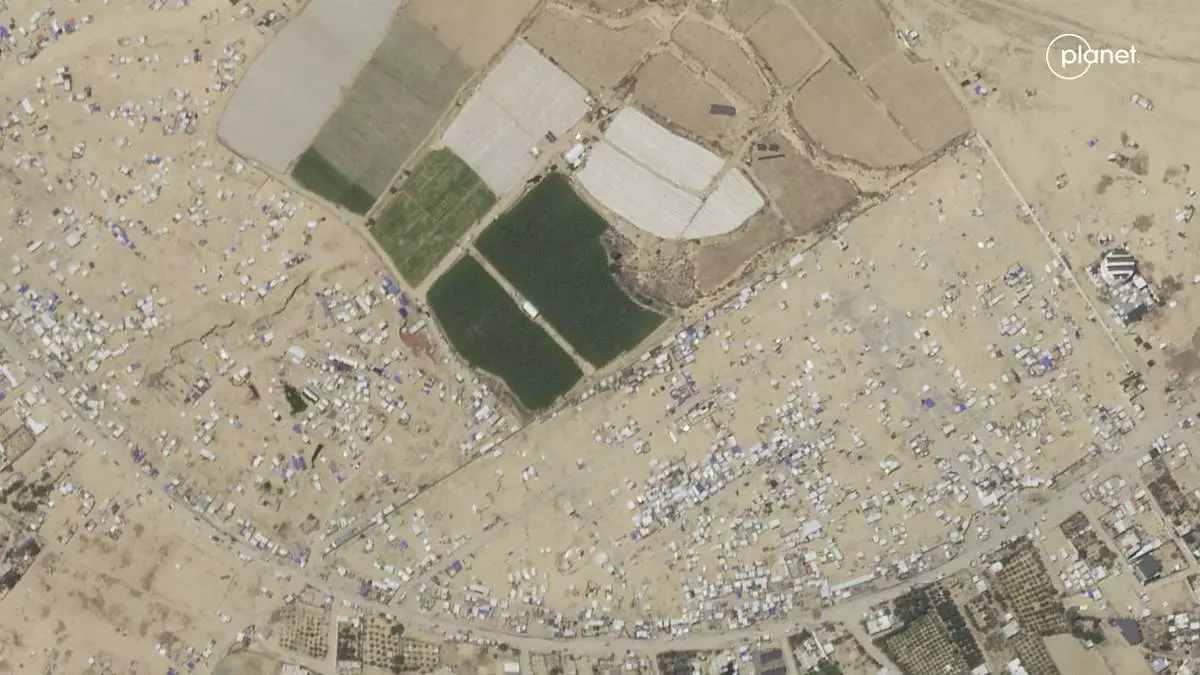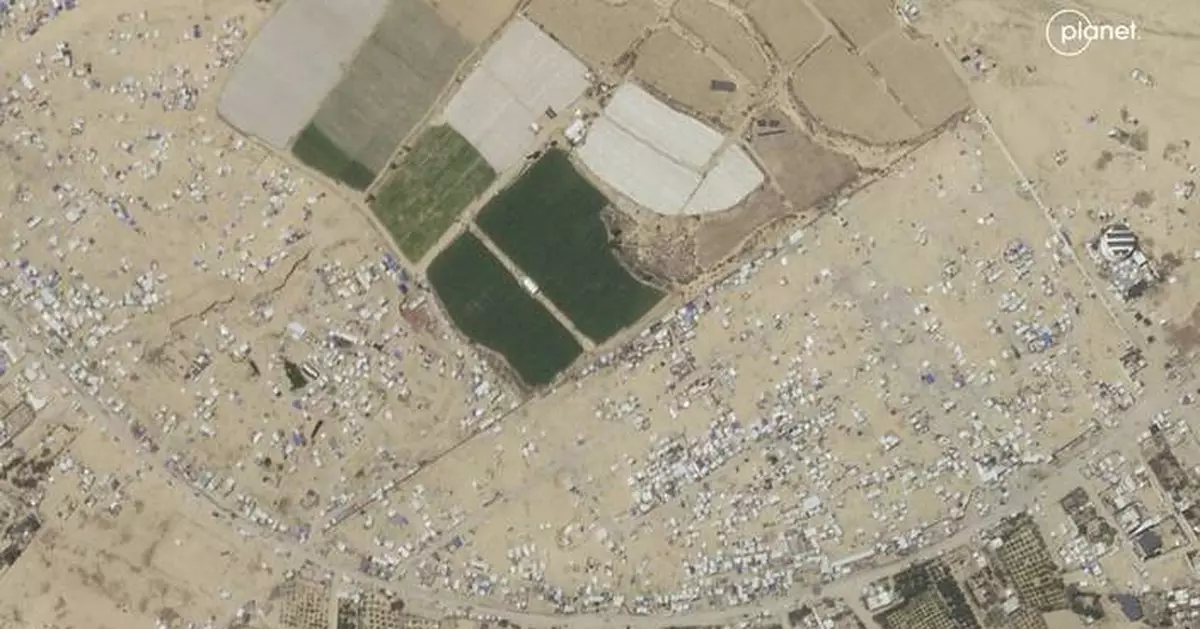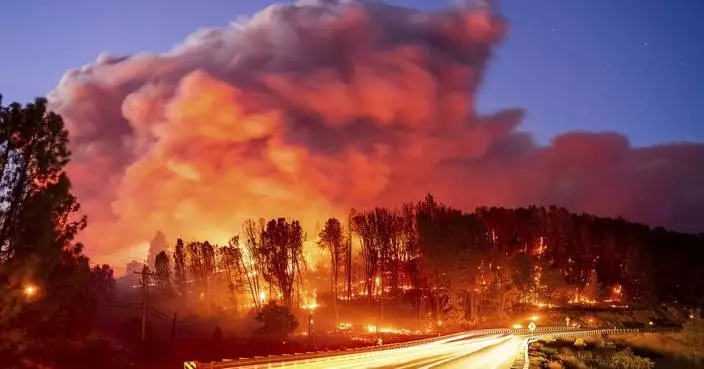JERUSALEM (AP) — Newly-released satellite photos reviewed by the Associated Press show a large exodus of Palestinians from the southernmost Gaza city of Rafah earlier this month ahead of a feared Israeli ground invasion there.
The photos taken three days apart — first on May 5 and then on May 8 — show the change on the ground after Israel issued its first evacuation order for the city on May 6.
They show that crowded tent camps in the central and northwest regions of the city grew sparse within days of the order.
One pair of before-and-after photos shows an area near the Tel al-Sultan refugee camp, one of the camps built for families displaced during the war surrounding the creation of Israel in 1948.
In the three days between the photos, at least half of the hundreds of tents cramming the area disappeared, likely from Palestinians packing up and departing.
The other pair of photos shows the central Ash Shabourah neighborhood of Rafah city. Tents packing city streets give way to sandy patches.
The departures come as Israel threatens a full-blown invasion of the city, which has stirred global alarm. Before the evacuation orders, some 1.3 million Palestinians — many already displaced from other parts of Gaza — had taken shelter there, according to the UN.
It was unclear where all the Palestinians packing up their tents and fleeing Rafah are going. Rights groups say there is nowhere in Gaza with nearly enough food, water or tents for the newly displaced masses. The zone where Israel has directed Palestinians is an already-packed area that residents say is little more than a squalid makeshift tent camp.
Israel's military told reporters Monday that 900,000 Palestinians had left Rafah. Scott Anderson, the director of UNRWA's operations in Gaza, said the figure was feasible, adding that the UN's Sunday count was 800,000.
Israel has so far classified its operations in the city as limited in scope, a claim the U.S. has echoed. But Omar Shakir, the Israel and Palestine Director for Human Rights Watch, said the mass displacement showed a different reality on the ground and called on the international community to stop Israel's threatened offensive.
“We have a situation today where hundreds of thousands of Palestinians have again been displaced from their homes, terrified, having no place to go,” he said.
Israel's military said Monday the war would likely last another six months. The statement came as ceasefire talks seemed frozen, with international mediators who had hoped to broker a deal between Israel and Hamas reportedly growing frustrated with the bitter enemies' intransigence.
The war began after the Hamas-led Oct. 7 attack that killed about 1,200 Israelis. Israel's Gaza offensive killed around 35,000 Palestinians, according to the Palestinian Health Ministry in Hamas-led Gaza, and displaced three-fourths of the strip's population.
Holm reported from New York.
Find more of AP's war coverage at https://apnews.com/hub/israel-hamas-war

This satellite photo taken by Planet Labs PBC shows an camp before its mass evacuation in Rafah, Gaza, May 5, 2024. (Planet Labs PBC via AP)

This satellite photo taken by Planet Labs PBC shows an evacuated camp in Rafah, Gaza, May 8, 2024. (Planet Labs PBC via AP)

This satellite photo taken by Planet Labs PBC shows an camp before its mass evacuation in Rafah, Gaza, May 5, 2024. (Planet Labs PBC via AP)

This satellite photo taken by Planet Labs PBC shows an evacuated camp in Rafah, Gaza, May 8, 2024. (Planet Labs PBC via AP)










